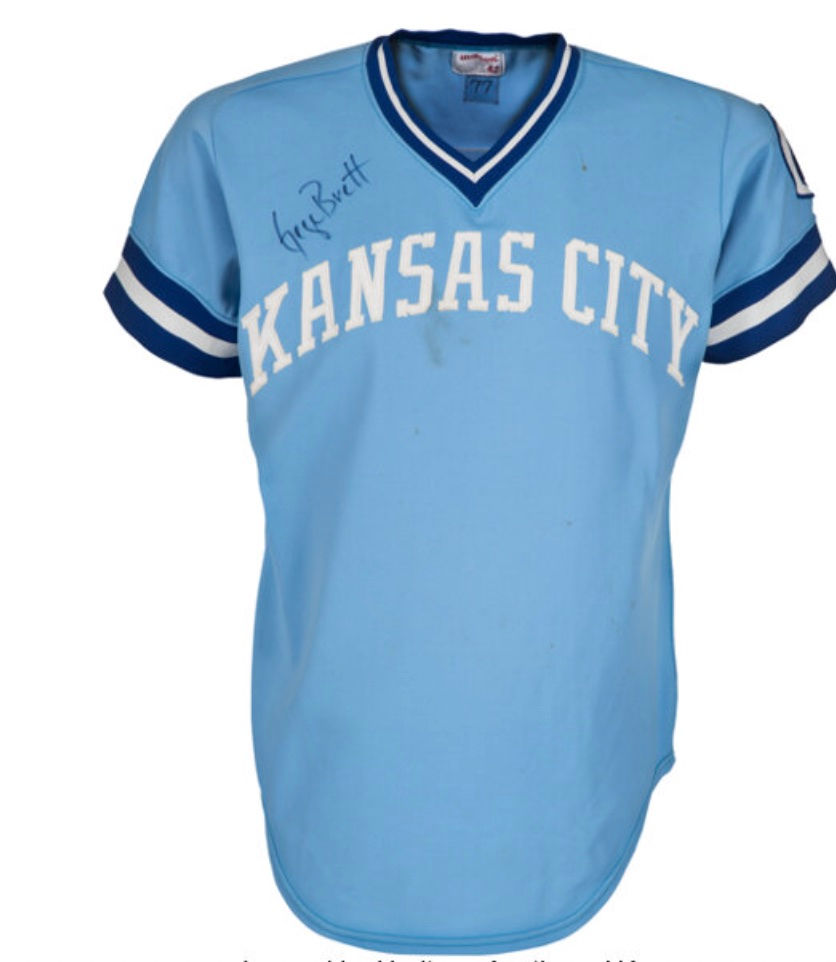The History of Baseball Batting Helmets
- Kansas City's Sports Cleanout

- Feb 2, 2024
- 2 min read
America's favorite pastime has seen its fair share of evolution over the years. One such innovation is the baseball batting helmet, a piece of protective gear that has become an integral part of Major League Baseball (MLB). In the early days of baseball, players took to the field without the protective headgear we now consider standard. It wasn't until the tragic incident involving Ray Chapman in 1920 that the need for improved safety measures became evident. Chapman, a talented shortstop for the Cleveland Indians, succumbed to a fatal injury after being struck in the head by a pitched ball. This unfortunate event prompted discussions about the necessity of protective headgear in the game.
Initially, players experimented with various makeshift solutions, such as leather caps with added padding (think old football leather head helmets). The first rudimentary form of the baseball batting helmet as we know it today emerged in the 1940s. However, it wasn't until the 1950s that MLB officially mandated the use of batting helmets for all players.

As the years progressed, advancements in technology allowed for the development of more sophisticated and effective batting helmets. Early models were primarily made of leather and had minimal padding, offering limited protection. However, the introduction of materials like fiberglass and plastic revolutionized the manufacturing process, providing players with helmets that were both lightweight and sturdy.
In the 1970s, the design of baseball batting helmets underwent a significant change with the incorporation of a flared, ear-covering extension. This modification aimed to provide additional protection to the vulnerable areas around the ears. Further enhancements, such as ventilation holes for better airflow and the use of impact-absorbing foam, became standard features in modern batting helmets.

Throughout the latter half of the 20th century and into the 21st century, continuous research and development have led to further improvements in batting helmet design. The focus has shifted towards creating helmets that not only offer maximum protection, but also ensure comfort and mobility for the players.

Today, MLB players wear batting helmets equipped with advanced technologies like impact-resistant shells, moisture-wicking padding, face guards, and customizable fit systems. These innovations not only safeguard players from head injuries, but also contribute to their overall performance on the field. Sports Cleanout is always looking to buy vintage baseball helmets, fiberglass ABC baseball helmets, major league and minor league game used baseball helmets of all sizes and conditions here in the Midwest. Based in Kansas City, Sports Cleanout will travel to Missouri, Kansas, Iowa, Nebraska, Arkansas, and Oklahoma to check out your collection.




Comments